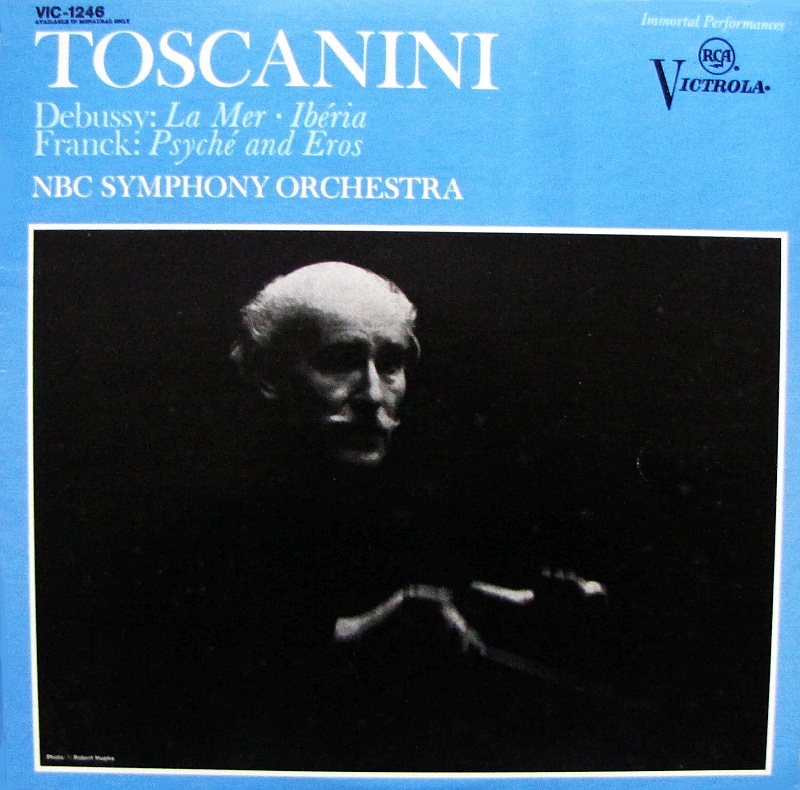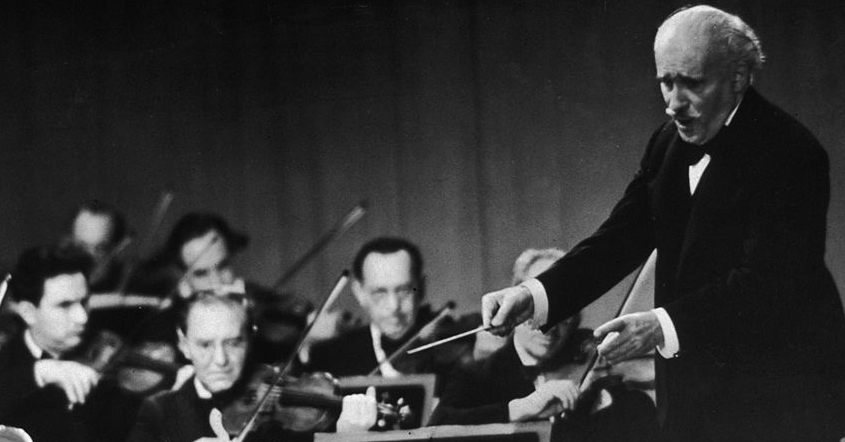Various forms of the records-that-changed-my-life meme have been making the rounds lately, so I came up with my own version, which I call “The Twenty-Five Record Albums That Changed My Life.” For the next couple of weeks, I’ll be writing about one of these albums every weekday in the approximate order in which I first heard them.

A Wal-Mart, the first one outside Arkansas, opened in 1968 in Smalltown, U.S.A.. It was located a mile from my front door, an easy ride via bicycle, and it sported a good-sized record section, most of which was devoted to pop and country music—but not all.
Three bins were reserved for classical albums, many of them new releases from Victrola, RCA’s budget-priced classical line. They sold for $2.98 apiece, slightly less than twenty dollars in today’s money. I’d pretty much exhausted the classical stock at Collins Piano Company, and the only place from which it was then possible to order records by mail was the Columbia Record Club. Even though I was increasingly obsessed with rock and roll, I still loved classical music, and I’d acquired a fair-sized stack of Victrolas by the time I left for college.
Victrola was a reissue line, many of whose releases dated from the 78 era, the golden age of classical recording. For me that meant, first and foremost, Arturo Toscanini and the NBC Symphony. I’d read about Toscanini in B.H. Haggin’s New Listener’s Companion and Record Guide, in which he was described as the greatest of all orchestral conductors. Such categorical statements invariably excite young readers, so I went out and started buying Toscanini albums, all of whose simply but elegantly designed covers featured Robert Hupka’s dramatic black-and-white photos of the Maestro at work. The sound was a bit variable, but the performances were thrilling without exception, and I got to know most of the standard orchestral repertoire from Toscanini’s lean, intense interpretations.
Be that as it may, I owe B.H. Haggin an immeasurable debt of gratitude, not merely for getting me into High Fidelity but for introducing me to Arturo Toscanini, Artur Schnabel, Joseph Szigeti, and other legendary musicians of the past whose faded, scratchy recordings I treasure to this day. And I owe a similar debt to Wal-Mart, without which my high-school record collection would have been much smaller and far less interesting.
(To be continued)
* * *
Arturo Toscanini and the NBC Symphony perform “Jeux de vagues,” the second movement of La Mer, in 1950:
Two concerts by Toscanini and the NBC Symphony, originally telecast live from Carnegie Hall on March 15 and 22, 1952. The programs include an excerpt from Franck’s Rédemption, Sibelius’ En Saga, two of Debussy’s Nocturnes, Rossini’s William Tell Overture, Beethoven’s Fifth Symphony, and Respighi’s Pines of Rome:
Toscanini rehearses the NBC Symphony in the first movement of La Mer at Carnegie Hall in February of 1953:
* * *
To read about album #1, go here.
To read about album #2, go here.
To read about album #3, go here.
To read about album #4, go here.
To read about album #5, go here.
To read about album #6, go here.
To read about album #7, go here.
To read about album #8, go here.
To read about album #9, go here.
To read about album #10, go here.
To read about album #11, go here.
To read about album #12, go here.
To read about album #13, go here.
To read about album #14, go here.
To read about album #15, go here.
